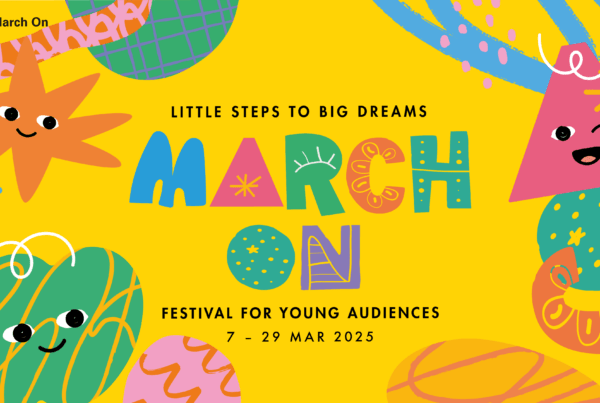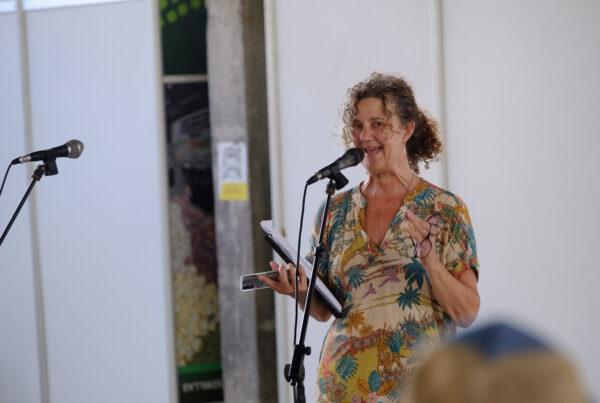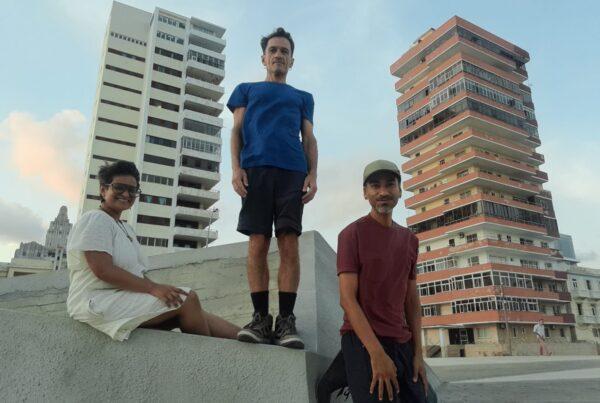Since I walked into the Abdala Cultural Centre Conference Room at Marti Theater on 30th May at 10 am, I kept thinking “Hmm where have I seen this SgSL interpreter before?” Turns out, she was also one of the interpreters at the Singapore Drama Educators Association’s Theatre Arts Conference 2023 where I presented too and saw Rachel Nip’s presentation about the same collective with a breathtaking performance by their Co-director and Performer Ammar Ameezy. After Faaiqah and Rachel’s inspiring presentation about two of their participatory theatre pieces “Watch Me Watch You” and “What Was That?”, we chatted with Faaiqah. Watch the video below with a transcription underneath.
Q. Can you please introduce yourself to our viewers?
A. Hi everyone, my name is Faaiqah and I’m from Singapore. I’m currently studying a course called Arts and Theatre Management and I’m also a freelance performer.
Q. What is the importance of D/deaf representation in the arts, especially for children?
A. Well, really, D/deaf representation is essential because it reflects original D/deaf work, culture, values — our rich heritage and history. If a hearing person were to try to replicate all of this, then those values, our vibrant heritage and culture, are lost. It’s not authentic at all. When D/deaf children are exposed to that, they’ll grow up with misconceptions about their language and culture. It is most appropriate for a D/deaf person to be emulating these, as D/deaf children learn from someone just like them. D/deaf representation allows D/deaf people to look within themselves and find their identity. I hope such representation will allow us to preserve a beautiful and authentic D/deaf culture that truly belongs to us.
Q. Lastly, what is a message or suggestion, or an appeal that you have for allies or artists, other hearing artists who would like to collaborate with D/deaf artists?
A. I really, really hope that all over the world in your own countries, you will make theatre accessible. Not only theatre, but also other aspects like education and so on. This ensures everyone is on an equal playing field. I hope that there will be more D/deaf artists and D/deaf representation, so that D/deaf children can feel included and connected to these spaces. It is good to have collaborations between D/deaf and hearing artists but what is even more important is equal respect between both parties.

Hello, How Do You Move? is a collective started in 2019 by Ammar ‘Ameezy’, a Deaf choreographer, performer and filmmaker, and Rachel Nip, a hearing choreographer and performer in dance and theatre. The collective collaborates with other Deaf and hearing artists to create projects inspired by Deaf culture, language and perspectives. Favourite projects include Hello, How Do You Move? (The Theatre Practice), Tell-Tale Signs (ART:DIS) and KINetic, a Virtual Reality dance created with The Doodle People and Ang Ga-Young.
They are joined by Faaiqah, a Deaf dancer and interpreter who has performed locally and abroad.
Faaiqah performs as part of Redeafination, Singapore’s Deaf hip hop dance crew. Faaiqah is passionate about Singapore Sign Language (SgSL), her first language, and uses it in children’s storytelling. She aspires to be a role model to Deaf children. Together, they are excited to step into the world of TYA as part of The Artground (ASSITEJ Singapore) Groundbreakers, 2023. By creating new theatrical experiences for Deaf, Hard-of-Hearing and hearing children, they hope to share the joys of sign language, sign mime and movement.
Follow their journey on Facebook here: https://www.facebook.com/SayHiWithMovement
Photos by Keiu Virro.
—–

Nishna Mehta is an MA in Theatre for Young Audiences. She has been working with and for children and young people from various backgrounds and abilities in India, Singapore, England, Ireland and Germany since 2012.
Currently, she is the Lead Researcher for ASSITEJ International’s Global Advocacy Focused Research Project with a focus on Leadership Demographics in Theatre for Young Audiences, the Chairperson of the International Inclusive Arts Network and acting Secretary of ASSITEJ India.
She wishes to share the magic and joy of theatre with young people across age groups and backgrounds throughout the world and aims to bring her local and international experiences together in order to find a ‘glocal’ identity.






